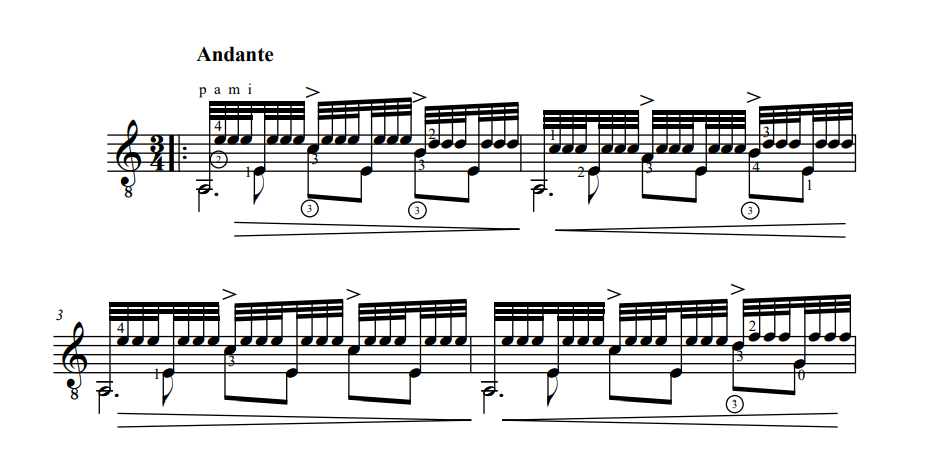hairpin symbol represents rubato not dynamics
Not sure if anyone has seen this? I thought was pretty convincing. i understand most modern players treat this as dynamic marking but if this true, how will this affects guitarist especially playing romantic era music? Curious to hear what everyone thinks.
9 replies
-
Very interesting thanks for sharing now have to go back and redo the pieces to see how the phrases sounds... completely new perspective for me...
-
Wow, this is fascinating! I never considered challenging the standard definition.
Since I enjoy playing "romantic" composers (ie Albeniz, Granados, Torroba, Ponce, Rodrigo, Falla, etc) on guitar and I instinctively use Rubato "where the music I hear tells me to", I will now have to re-visit the scores to see how they were notated.
This is amazing Don! thanks for sharing it.
-
Fascinating. But now it raises a question. Since "99.9%" of composers, musician, teachers, etc interpret the hairpin as dynamics, how will we know if the "Romantic" guitar composers also meant what Chopin and Beethoven meant, i.e. rubato? BTW, I only watched about 10 minutes of the video, so if he answers this question later in the video, my apologies.
-

Hi, I recently went to study Recuerdos de La Alhambra, and used the Révision de Jean-François Delcamp. I got confused with how would I accentuate tempo 2 and 3 (from hair pin above, at the right of p a m i) while generally decreasing the volume toward the end of measure one, but increasing it in measure two and so forward. So I though probably is Rubato, tempo variations. Is it the case? The piece is flowing quite well, I focused in letting the thumb notes ring and play on time (using metronome) and naturally the tremolo is gaining consistency. I am not much of a Rubato fan, but Recuerdos de La Alhambra kind of asks for it. Please let me know your opinion.
-
This is very interesting. I wonder how much of it comes from the natural tendency to slow down as a passage gets quieter and speed up when it gets louder. I had a teacher give me an exercise to run scales in a certain way to become aware of the connection between dynamics and tempo. He wanted me to play louder as I went slower and play softer as I went faster, which goes against a natural inclination. I found it especially hard to go faster while playing quieter.
-
Thanks for sharing this fascinating video.